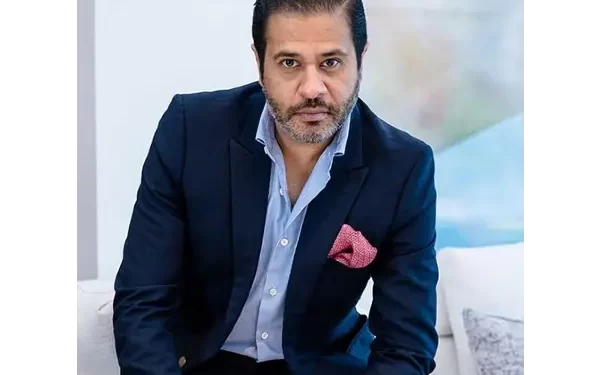The real estate market has long been viewed as a stable and rewarding asset class, but traditional barriers such as high capital requirements, complex management responsibilities, and geographic limitations have often kept smaller investors out of high-value opportunities. Enter fractional ownership—a concept that is quickly gaining traction as a more accessible, flexible, and democratic way to invest in real estate.
Fractional ownership allows multiple individuals to own a percentage of a high-value property, sharing the costs, benefits, and risks associated with it. This model isn’t new; it’s been used in vacation home arrangements for years. However, modern technology and innovative investment platforms have transformed it into a viable strategy for a broader set of investors interested in income-generating assets like luxury apartments, commercial buildings, and even international real estate.
Breaking Down the Barriers
The primary appeal of fractional ownership is that it lowers the financial threshold to enter premium real estate markets. For example, instead of needing millions to purchase a high-end apartment in New York or Dubai, an investor can now own a share for a fraction of the cost—sometimes as low as a few thousand dollars.
This democratization of access means investors no longer need to be ultra-wealthy to benefit from the appreciation and rental income of elite real estate properties. It also allows for greater portfolio diversification. Rather than tying up all capital in a single property, investors can spread their money across several properties in different cities or countries.
Nitin Bhatnagar, a seasoned professional in luxury real estate and finance, has noted the rising interest in fractional ownership models among younger investors and digital nomads. These groups prioritize flexibility, liquidity, and global exposure—elements that traditional real estate investments don’t always offer.
The Role of Technology
The growth of fractional ownership is tightly linked to technological advancements. Real estate investment platforms now offer streamlined digital experiences—from property selection and legal documentation to performance tracking and resale options. Blockchain technology, in particular, is playing a critical role by offering secure, transparent, and immutable records of ownership.
Smart contracts further automate processes such as dividend payouts, voting rights, and asset management decisions, making the experience more user-friendly and efficient. This transparency helps build trust, which is essential when dealing with co-ownership scenarios that involve multiple stakeholders.
These platforms also bring a level of convenience and clarity that was previously unavailable to the average investor. Now, with just a few clicks, users can access data about potential properties, calculate projected returns, and complete transactions—all without setting foot in a lawyer’s office or visiting the property in person.
Benefits for Developers and Property Owners
Fractional ownership doesn’t just benefit investors—it’s also an attractive model for developers and property owners. By offering fractional shares, developers can raise capital faster and reduce the time a property sits idle on the market. This can be particularly useful for luxury developments or high-profile properties that might otherwise take time to sell in full.
Additionally, developers can reach a global pool of investors, expanding their audience beyond local high-net-worth individuals. This broader base of potential buyers can provide a much-needed boost in liquidity and help stabilize returns during market fluctuations.
Nitin Bhatnagar has emphasized that for fractional ownership to truly thrive, transparency, solid legal frameworks, and professional property management must be in place. When done right, this model can unlock significant value for all parties involved.
Challenges and Considerations
Despite its many benefits, fractional ownership is not without challenges. One of the key concerns is governance—how decisions are made about the property. Investors must be comfortable with shared decision-making or defer control to a third-party manager, which can limit their say in major property changes, resale timing, or use policies.
Liquidity, though improved compared to traditional real estate, is still evolving. While many platforms now offer secondary markets for reselling shares, these are still developing and may not yet match the speed and ease of traditional stock markets.
Legal complexities across jurisdictions can also pose hurdles, especially for international investments. It’s crucial that investors fully understand the legal structure of their investment, including tax implications, ownership rights, and dispute resolution mechanisms.
A Growing Trend with Staying Power
As the global economy continues to shift toward digital solutions and flexible asset ownership, fractional real estate investment is poised for significant growth. It offers a compelling mix of accessibility, efficiency, and diversification—qualities that resonate with the modern investor.
While not a one-size-fits-all solution, fractional ownership is undoubtedly carving a new path in the property market, challenging long-standing assumptions about who can participate in real estate investing and how.
With ongoing advancements in technology and increasing demand for alternative investment models, the future looks promising for fractional real estate ownership. It’s not just a trend—it’s a meaningful shift in how people build wealth through property.
